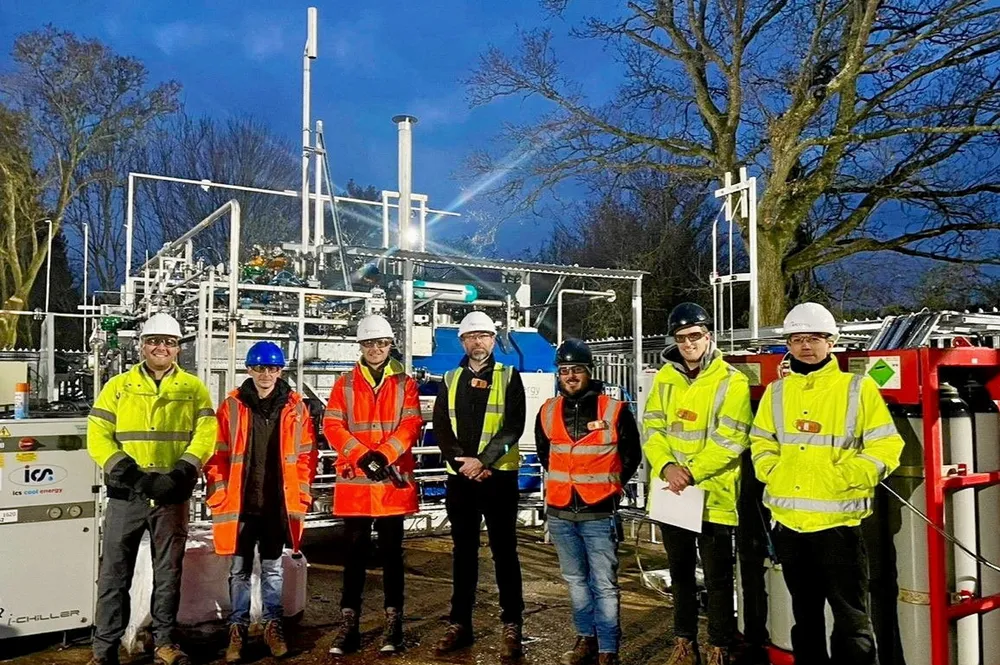World's largest ammonia-to-hydrogen cracking pilot starts up in UK
AFC Energy’s modelling suggests that converting imported NH3 to H2 could be cheaper than producing the gas domestically

AFC Energy’s modelling suggests that converting imported NH3 to H2 could be cheaper than producing the gas domestically
